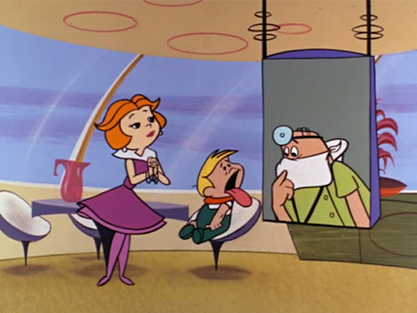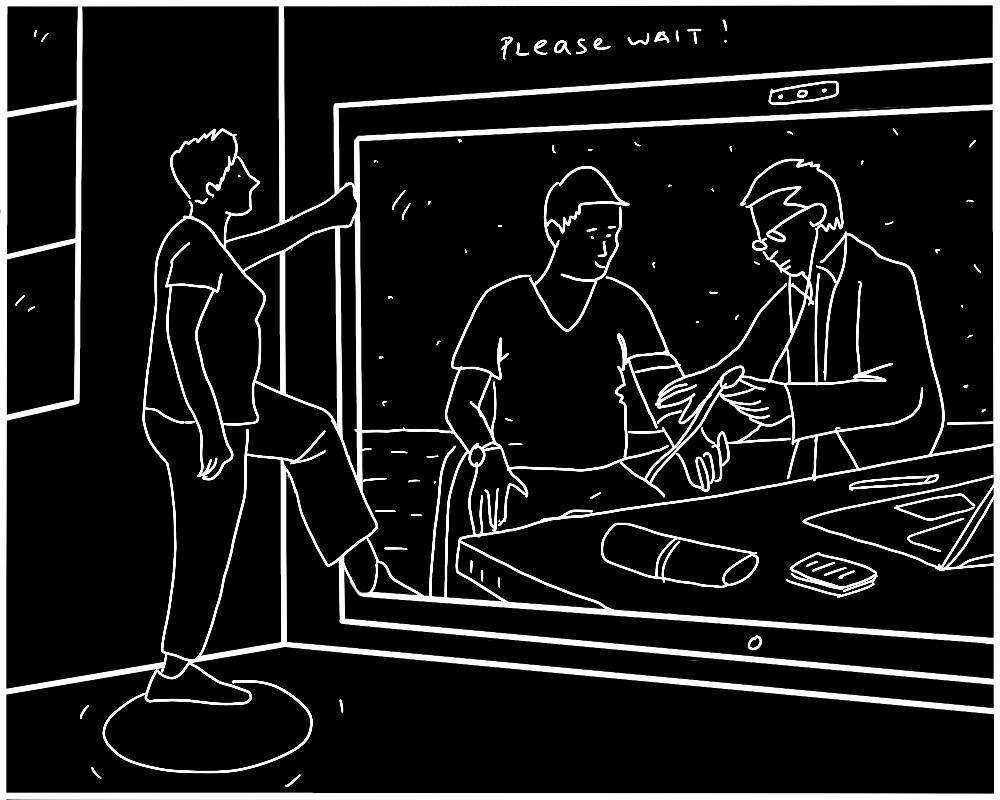Design of everything affects how we live now and how we will live in the future - it revolves around our society, city, lifestyles and personal preferences. In a world where technology is constantly evolving, it's hard to imagine what life will be like in the future. But the unknown shouldn’t stop us from wondering how we will live. We should go beyond thinking about what we want in the future, but try to understand what future generations would want in their world. We cannot rely solely on the systems that have sustained us for generations. Instead we should think of speculative futures, where we live in a world with technology and gadgets that don’t exist yet. (If you are interested in the future and speculative design, you should read Speculative Everything by Anthony Dunne and Fiona Raby )
As our society, city and lifestyles become more complex, the design of everything around us has to take these changes into account. Our personal preferences are also increasingly important in the way things are designed, whether it’s the clothes we wear, the cars we drive or the homes we live in. The future technology that serves our everyday needs cannot only be about comfort and efficiency. Designers will need to go above and beyond to think how technology can be responsive and create delightful experiences that make our life more enjoyable.
So whatever the future holds, one thing is certain: design will continue to play a vital role in our lives.
Questions about the future

More than 50 years ago, the Jetsons featured a telemedicine scene that we are so familiar with now. Back then, it was hard to imagine how their hospital visits could change so drastically. Similarly, future generations will live in a world far more different than we know of today. Questions we should ask ourselves include:
- How will our lives change, and what are the implications for our interactions with technology and the built environment?
- What types of technologies now will impact how we live in the future? And how will these affect the development of future technologies?
- Why do we need technology in the future? Will these reasons be different from why we need technology today?
As we think about what we want for our future, we should also try to understand what future generations would want in their world. How will they live? Will they have the same occupations and work schedules? What do they do for fun?
Thinking about speculative futures can help us break free from our dependency on possibly unsustainable systems. It can help us imagine different ways of living and being in the world. It can also help us create new systems that are more equitable, inclusive and just (If you are interested in Inclusive Design, check out our project with Microsoft).
Dive in:
- Future Work
- Future Living
- Future Mobility


No comments.